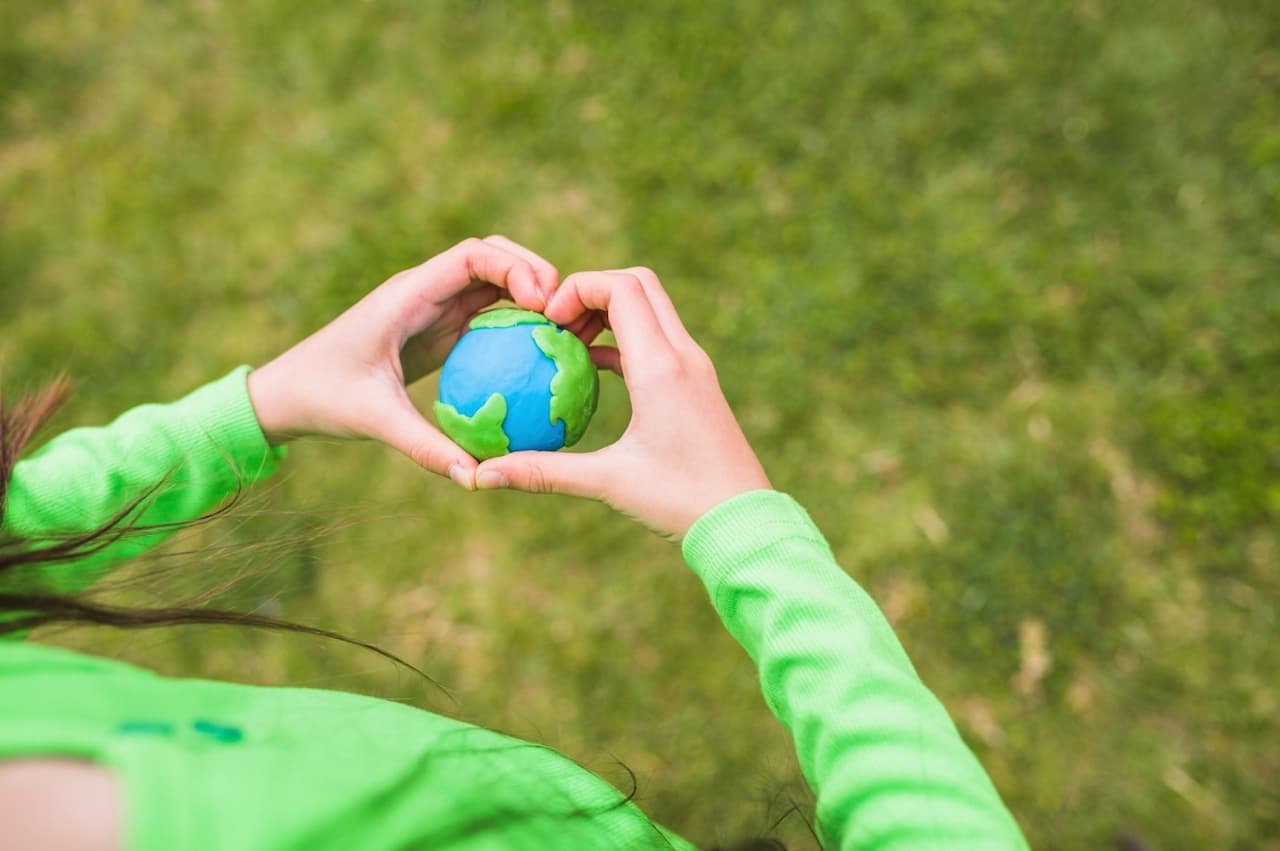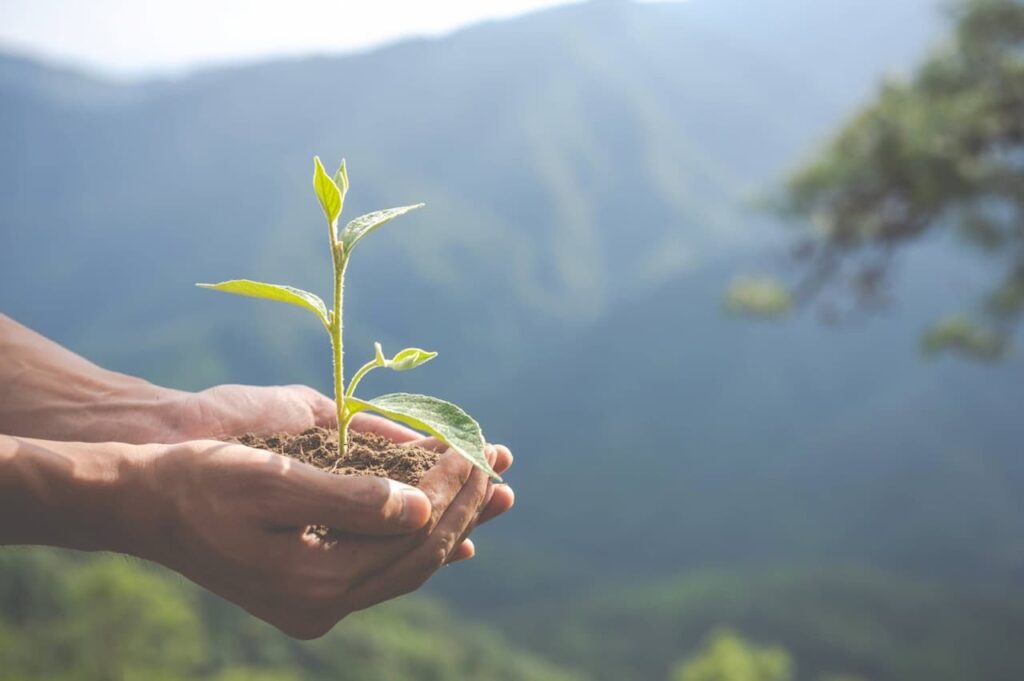
Our houses, clothes, transport, and future are design projects. And if the first items on the list should make life easier and more comfortable, the last one is related to the concept of sustainable development. Its purpose is to meet our needs and, most importantly, the needs of future generations. Therefore, Ecodesign is a complex and relevant topic that deserves your attention.
Environmental problems for a long time are one of the most significant among other global issues, causing concern about the well-being of the existence of humanity on the planet. Outbreaks of epidemics, extinction of animals, forest fires, and natural disasters have had a huge negative impact on the ecological situation on the earth. A person needs a favorable environment for life; therefore, it is important to take care of natural resources, which are the basis of sustainable development and energy.
The emergence of a new scientific branch, such as ecological aesthetics, raises the problem of the interaction between man and nature and finds its practical application in ecodesign.
What is Ecodesign
Ecodesign or sustainable design is a direction whose goal is to eliminate the negative impact on the environment. You can see the following tasks of ecodesign:
- minimizing waste;
- creation of a healthy environment;
- reducing the consumption of non-renewable resources.
It is important to note that green and sustainable design are not synonymous. The latter is based on designing to meet current needs with implications for future generations.
In general, sustainable design implies a long-term approach to protecting the environment. At the same time, green focuses on current issues and represents a narrower discipline often associated with architecture. Similar associations are always caused by a 100 match bonus when playing in a casino from our partner.
Eco Design Challenges
Proceeding from this, the main task of ecological design is the formation of appropriate ideological attitudes, such as a person’s awareness of himself as an integral part of nature; the adoption of an eco-friendly life position, which means the reduction or absence of a negative impact on nature, helps to strengthen the position of environmental culture and competence. In addition, ecodesign sets the following tasks for the designer:
- improvement of the current ecological situation by creating products that meet the requirements of nature, humanity, and culture;
- finding a balance between improving the form and function of design objects and observing the principles of an ecological approach;
- revision of materials and technologies in terms of environmental standards;
- the formation of a new culture of consumption, the structure of needs based on the reduction of excess products;
- purposeful change in the values of society through artistic images of design objects
Why Eco Design is Important
Sustainable design touches on many areas, from beauty to architecture, to build a better future. With concrete examples, we will show how sustainable design principles are already being applied at different levels.
Environmental design is one of the most frequently discussed topics in various fields of science, with one way or another related to the creation of the built environment. The importance of “green design” is increasing daily as the world’s population increases and the amount of natural resources decreases. The paradox of our time is an increase in people’s standard of living with a reduction in the consumption of natural resources.
Humans cannot exist without using natural resources such as food, materials, industrial products, and energy. The main goal of ecological design is to maintain environmental sustainability by applying ways to produce goods, construct buildings, and design large systems such as business parks and industrial parks, reducing the consumption of natural resources and avoiding environmental damage.
Eco-approach involves reducing the rate of consumption. For example, when choosing furniture and finishes, it is recommended to prefer high-quality, durable, easy-care materials that will not fail soon. The longer things live in our interiors, the less we buy, the less natural resources are wasted, and the less garbage in the environment.

Closer to Nature
Eco-design is materials that are safe for health with a minimum content of toxic substances: wood, paper wallpaper, decorative plaster, ceramics, natural stone, and natural textiles. Such a set can appear in any style, including luxurious art deco or “rich” neo-classics. The concept of neo is quite relevant in the modern world. For example, neo Play Fortune also contains trends in style and excitement.
When you want the eco-approach to show itself more stylistically, emphatically natural materials are used: saw cuts and solid wood, wicker furniture and rattan accessories, jute rugs, bamboo stems, and cork flooring.
Love for nature in an eco-friendly interior manifests itself not only in natural materials. The abundance of living plants and sunlight is also eco-friendly.